 |
| From https://m.media-amazon.com/images/M/MV5BMzczNTBkYTAt YjhhMy00NTYwLTgzZjAtMmJiYWMyNTNjNGQwXkEyXkFqcGdeQXVyNjMwODY0MTg@._V1_.jpg |
Director: Koichi Ohata
Screenplay: Daisuke Okamoto
Based on the video game franchise Biohazard/Resident
Evil
Voice Cast: Masaki Aizawa as Claus;
Hiroto Torihata as Roger; Hideto Erihara as Ed; Tadasuke Ohmizu as Robert; Yoshyiunki
Kaneko as Norman; Yurika Hino as Dr. Cameron
Part 1 of the Koichi Ohata
Power Hour
Synopsis: Originally, a 3D interactive experience at theme parks
and in booths, Biohazard 4D follows
in the world of the legendary videogame series as a group of soldiers are sent
to locate a female scientist Dr. Cameron, someone who has been working on the
T-Virus.
Ah, Koichi Ohata...that's a name
that both strikes both fear in to the heart and yet pricks up the ears of many
an anime fan from an era before my own. Fear
because, whilst it has a fan base, the notoriety of M.D. Geist (1986) exists as much because it, infamously, was the
pet obsession of Central Park Media's head
John O'Donnell, who helped get it
released, paid for a newer Director's Cut and a 1996 sequel, and was rewarding
with the OVA selling hotcakes on VHS despite being a bad anime. Bad to the
point, as well, even in regards of ridiculous, lurid anime from the same era it
stands out as being terrible in comparison to others which are defended.
Pricking up ears however because,
whilst it has its detractors and the last two episodes of the five are
dreadful, Genocyber (1994) has its
defenders who I'll pitch my tent alongside with, defendable just for the first
episode for its lurid and grotesque body horror nonetheless having a nihilistic
nuisance, even going as far as using shots of wet clay in just that first
episode because Ohata clearly felt
drawn gore was woefully inefficient. Arguably as much of its interest comes
from Shou Aikawa during his nasty era
as its screenwriter, a man behind some deplorable material, some controversial work
(Legend of the Overfiend (1989)),
but who also went on with acclaim to pen the scripts for the likes of Full Metal Alchemist (2003).
 |
| From http://s019.radikal.ru/i608/1603/0c/cf446d6a5d9b.jpg |
After the nineties to today, though, Koichi Ohata like many from the OVA era have had odd careers as working anime directors. Ohata did have Burst Angel (2004), a briefly successful if not highly regarded series which existed; after that, well, Ikki Tousen sequels and far less ultraviolent schlock, more otaku bait shows with lots of titillation. You can map the history of anime, in aesthetic and trends, easily with directors as infamous as Ohata, not viewed as a great director, viewed more as a curious one-off, and with the caviets that you'd have to dare watch everything that came after his infamous career high. But he's still someone you can track anime's history with from the nineties with some legitimately interesting tangents.
However, for a mere taster, a
bite sized snack of a review, how interesting it was for me to discover in 2000
he worked, with Capcom directly, on a
Resident Evil tie-in. Now, Biohazard 4D (a far superior name than Resident Evil ever was) was an
interactive movie you saw as a ride, so I confess not only of the dubious
nature of seeing the short; but I know I'm missing out on it being in 3D and
with other interactive aspects that were included, including a gimmick chair William Castle would be proud of that
blew air at the back of a viewer's neck and moved.
 |
| From https://img.youtube.com/vi/u44WcBZi-XY/0.jpg |
Unfortunately, whenever you have these unique examples of the motion image which have unconventional aspects (3D, even Smell-O-Vision) which are not easy to replicate, companies effectively lop off the ability to see a work over a long time and not even by their own fault. Unless a true archival action is taken so even a country bumpkin like myself could one day see an old 3D production like Disneyworld's Captain EO (1986), directed by Francis Ford Coppola and starring Michael Jackson, in its original context outside a large metropolis we're stuck into an accidental cultural elitism where few (if many) can see these productions. This'll be worst when Biohazard 4D, despite being part of a major and global franchise, was only available in its home country, in a Japanese dub only, with the added issue that bootlegs that exist don't recapture the full experience unless you get friends to move your chair and use a hairdryer.
Not helping in terms of
historical virtue for some potential viewers, and immediately feeding into my
obsession with obsolete polygons, is that it's part of the very early stage of
three dimensional CGI animation in anime. This is a budget higher, clearly,
than early pioneers like A.Li.Ce (1999)
[Reviewed here], but nowadays it
does look like a Playstation One cut
scene. Old CGI is more difficult to sell than old hand drawn animation or
sprites and naturally, Biohazard 4D
has a stroke unfairly against it in terms of critical opinion. Ironically,
considering this was Ohata's first
try with polygons, and the two MD Geist
anime are a t r o c i o u s in terms
of their animation and production, he did quite well here to my surprise for
what was always a schlocky haunted house ride.
 |
| From https://i.ytimg.com/vi/rHtRPbgGLrc/hqdefault.jpg |
In fact, for what is for twenty minutes pure and un-defendable body horror schlock full of grossness, getting the director of Genocyber was actually a creative and clever staff choice. Executer proves the premise of Resident Evil is ridiculous, as no sane villain (even the Umbrella Corporation) should consider an uncontrollable and easily spread virus which regenerates and zombifies any living creature a wise financial investment, but Ohata for a large part of the film literally takes a viewer through the first person perspective of a zombified cockroach among the treats on offer, which is quite funny and awesomely inventive, clearly someone who wasn't going to take the project seriously and thankfully playing it up to the ghoulish delight of viewers like myself seeing it a decade or so later.
For a director who infamously, on
the first M.D. Geist, just put
together cool scenes with the screenwriter without logic and pissing off the
animators as a result, giving him an interactive spectacle and telling him he
can be as gory with sprite figures as possible was like giving a child access
to a perverse chocolate factory. This is a major spoiler, but it shouldn't
spoil the experience if you locate it, that when our soldier lead finally meets
the elusive Dr. Cameron, her face growing out of another's say by him, it does
evoke the second and third episode of Genocyber
when an entire military warship becomes a living Lovecraftian horror who absorbs
crewmembers, all arguing that Ohata
should've with some helping hands become a much more well regarded figure if he
either just provided the ideas for these images or you have Sho Akiwara and well regarded figures
involved to spin the material out. Ohata's
too nihilistic for his own good, man eating centipede robots in MD Geist II for no reason and an
obsession with humanity destroying itself including the innocent in ridiculous
ways, but he's clearly someone who with good screenwriters and animators to
guide him along should've made some of the most striking body horror anime he
could get his hands on.
 |
| From https://i.ytimg.com/vi/ugdW2MY4pHA/maxresdefault.jpg |
Sadly, whilst gore anime is still made, his brand of gore anime with lovingly rendered split intestines dried out by the 2000s, another fascinating cultural trend is that for every infamously nasty production that still appears (many like Blood-C (2011) not well regarded for other production reasons), they don't have the same sticking power in the conscious. Or, for another theory, they've been replaced by the logic that it's acceptable to spill a lot of blood but a sense of being wildly less of interest just for the fact that, in his own career and for others, its more bankable for Ohata to draw nubile schoolgirls with physically impossible figure shapes rather than a niche he made. Usually I'd advocate more love, less violence in creative art in general, but when it's an uncomfortable sexualisation of underage characters and blinkered sex comedy without an ounce of eroticism, I might be mad enough to want someone to fund MD Geist III instead for a change of pace.
And yes, in lieu to referencing Captain EO, it's perverse in a funny
way that, exhibited (probably) at theme parks Japan, a nasty and gory film
short like this, with demonic crows pecking at people and spiked dismemberment,
was once an interactive ride experience for a large public even if there were
edited down versions to trim the gore. Its why in this case, I now wonder if Biohazard was a far better name in
context as well as preference for a franchise than Resident Evil, one which is respected and acclaimed (especially
after Resident Evil 4 (2005) and 7 (2017)) , but also wallowed in the schlock
until the cows came home.
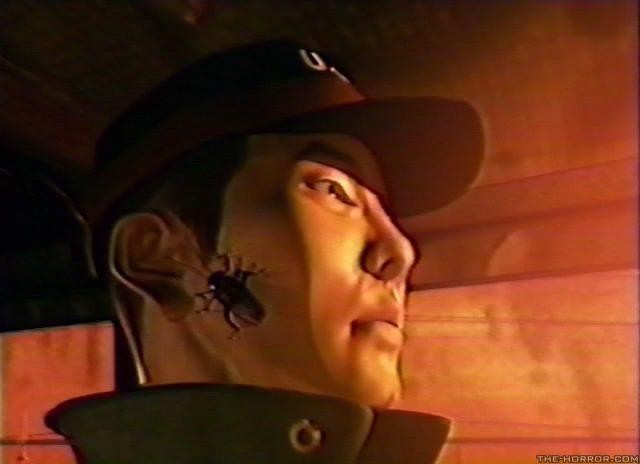 |
| From https://kinolexx.ru/files/film/2017/9/5/39438/ obitel-zla-4d-palach-004.jpg |





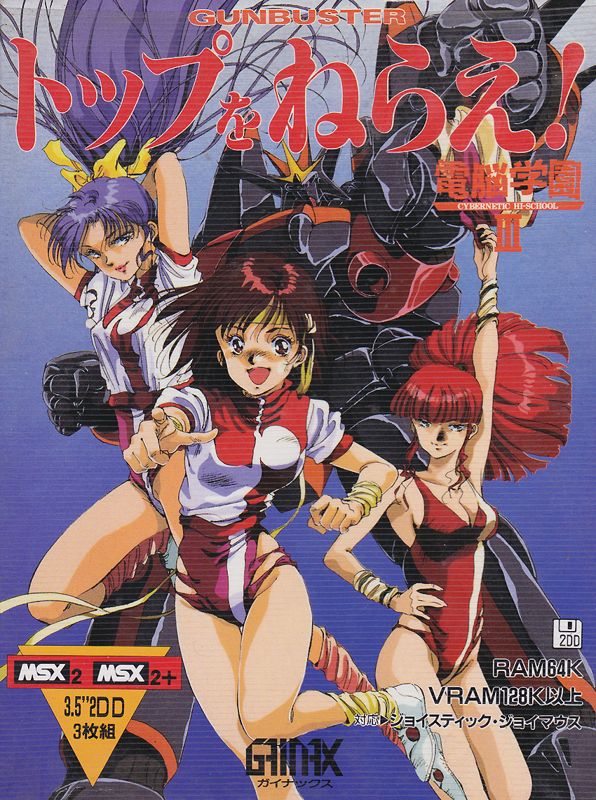



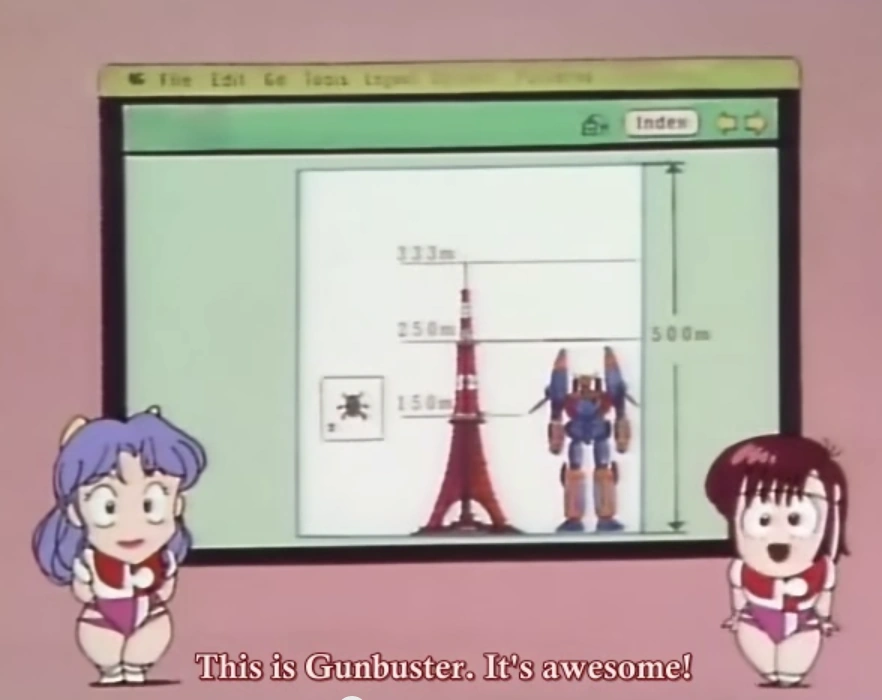
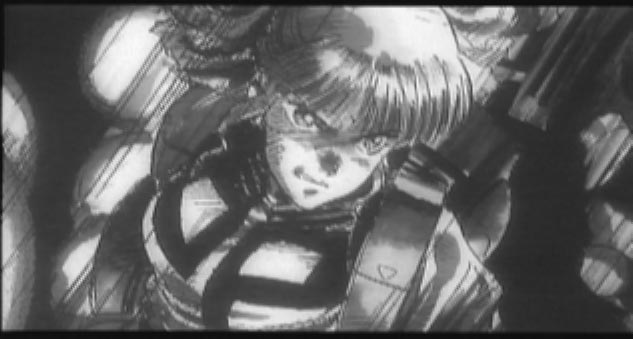

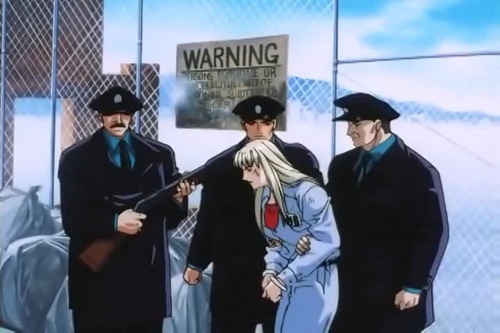





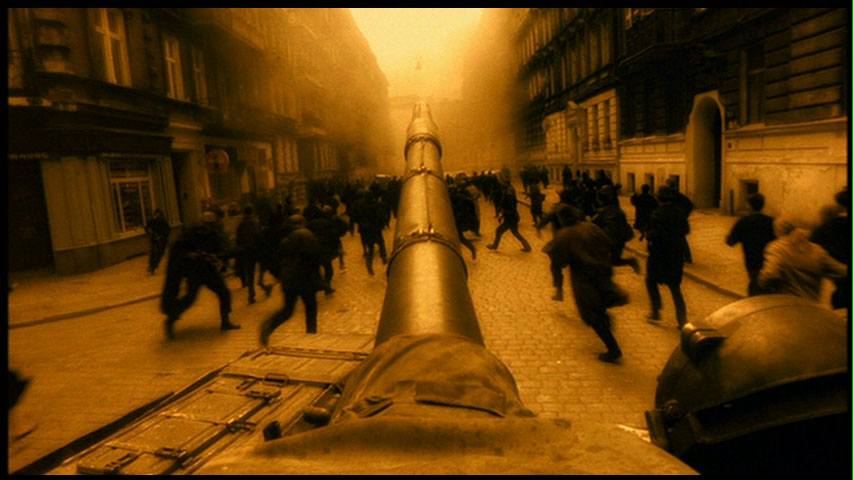

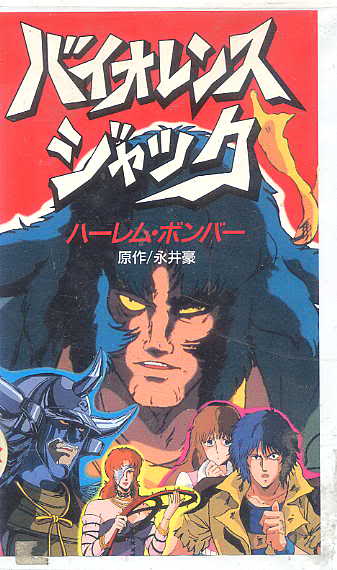

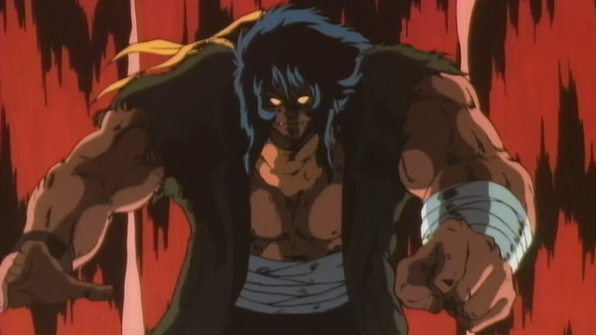

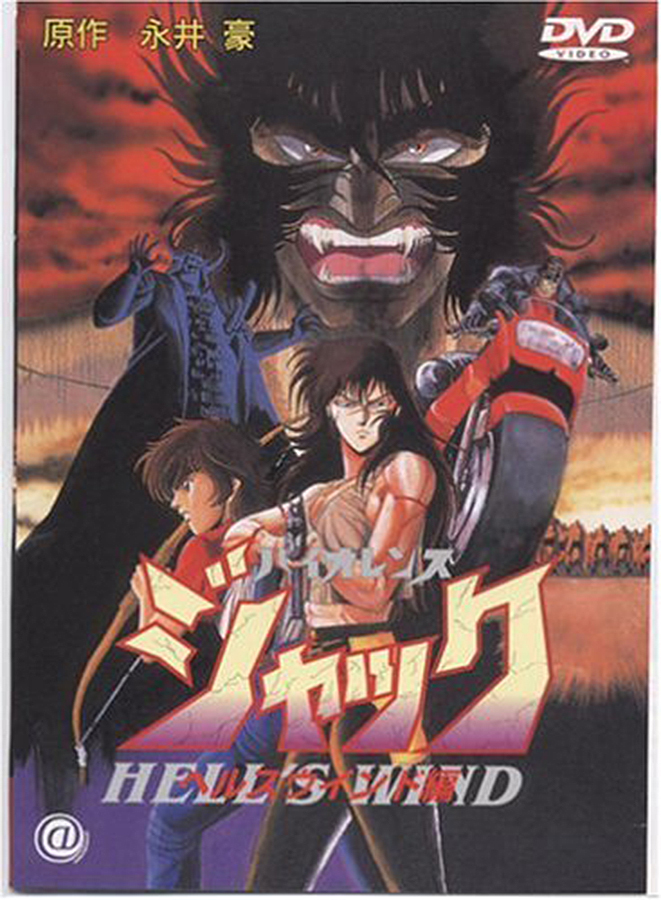

_%5BH264_AC3%5D_%5B50C8363A%5D.mkv_-_17_56.png)
